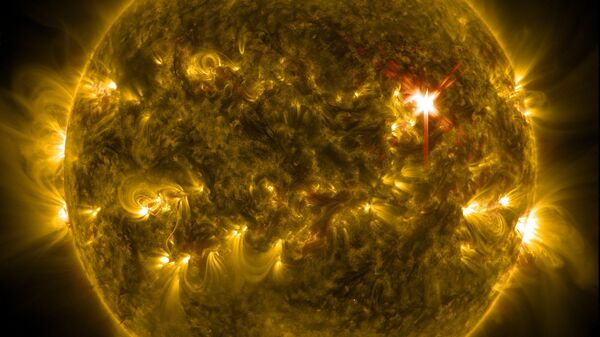At present there are no probes far out enough to take advantage of this technology yet, yet experts say having the means to be able to communicate and make calls is a future possibility.
In his study, Mr. Hippke proposes instead that a telescope, about a meter across could be used to relay the signal. It would just have to be placed at a point about 90 billion km from the sun — a distance that would optimize an effect known as gravitational lensing, which occurs when huge collections of matter — such as those found in galaxy clusters — warp the space-time around them, so that the light from objects behind the clusters takes a curved path. Once this happens the signal will be magnified.
The effect, predicted by Albert Einstein and first observed in 1919, bends and focuses light to a point as it passes the edge of a massive object such as the Sun.
Once this occurs, you should be able to start talking to Alpha Centauri, with the gravitational-lensing effect; a little power would go a long way towards transmitting data back to our solar system.
"Around the nearest stars, a handheld laser pointer could do it; the data rate would be high enough that sending pictures and video is possible, although at present it would still take four years to receive any data stream from as far away as Alpha Centauri," Mr. Hippke said in a recent interview.
This Week In Physics: ☀️ gravity could power video streaming in space.
— Fiat Physica (@fiatphysica) 3 July 2017
In other news, inexplicable @Netflix traffic rise from @NASA. pic.twitter.com/EOvqGG1vIN
Despite the many challenges involved in such an ambitious project, Mr. Hippke says humans have launched larger space telescopes than what he is proposing.
"This is much easier than building the Hubble Space Telescope," he said.



